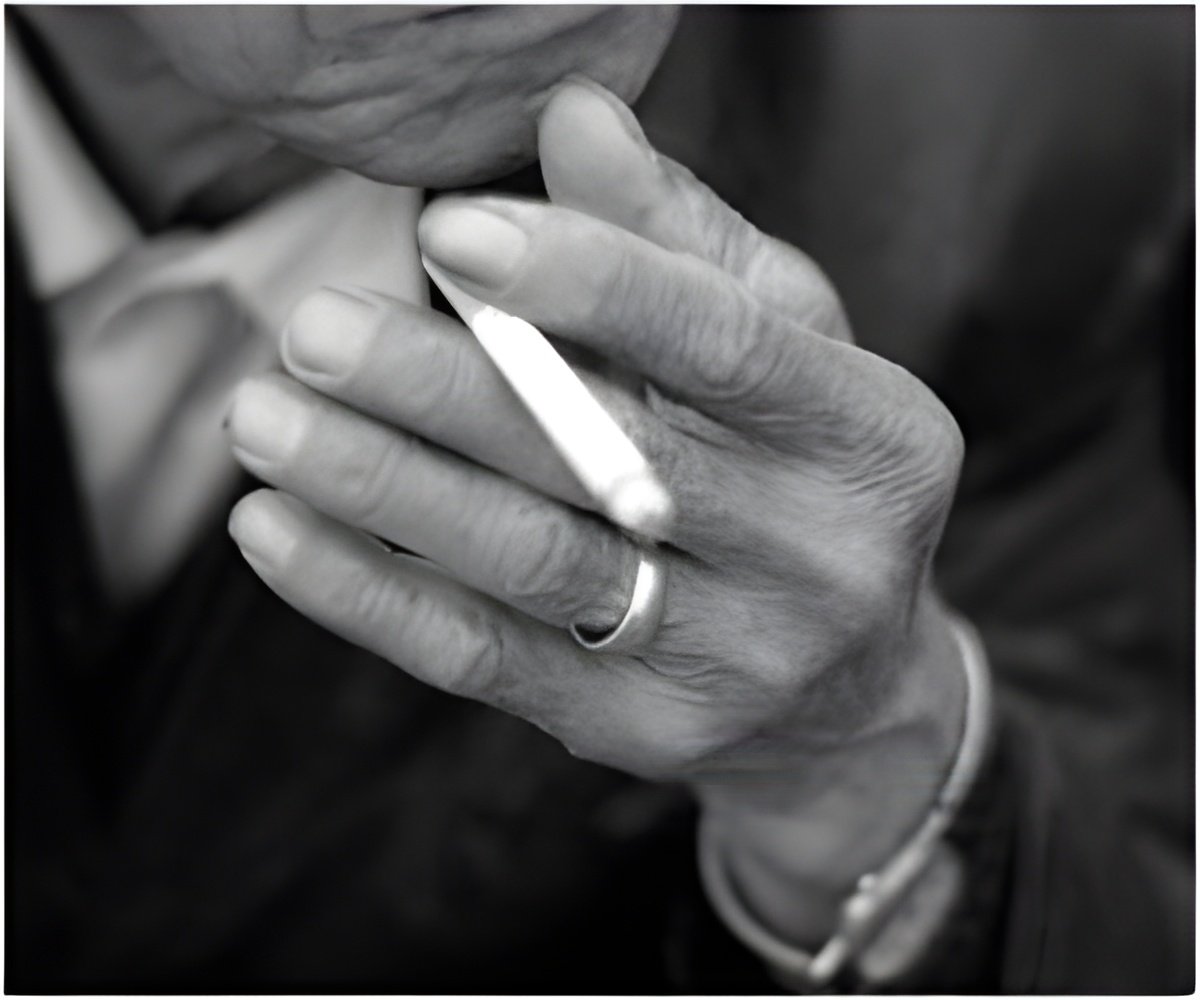
Tobacco kills up to half its users—more than 5 million smokers die every year in the world from tobacco-related causes, says David Levy, Ph.D., a professor of oncology at Georgetown Lombardi. It also kills more than half a million non-smokers annually who have been exposed to second-hand smoke.
Brazil has played a pioneering role among low and middle income countries in providing support for tobacco control measures. It introduced its first cigarette-specific tax in 1990, and in 1996 placed the first warnings on cigarette packages and introduced smoke-free air laws. Many of these measures have subsequently been strengthened, including stronger advertising restrictions, higher taxes and bold and graphic warnings.
To determine the impact of these measures on smoking prevalence and deaths, researchers developed the Brazil SimSmoke Policy Simulation Model. Using policy and population and smoking data for Brazil, the model assesses the effect of several initiatives on premature deaths including cigarette taxes, smoke-free air laws, mass media campaigns, marketing restrictions, packaging requirements, cessation treatment programs and restrictions to youth access.
The model estimated that the smoking prevalence in Brazil since 1989 was reduced by 46 percent by 2010, because of the introduction of tobacco control measures. Almost half of this reduction was explained by price increases, 14 percent by smoke-free laws, another 14 percent by marketing restrictions, 10 percent by cessation treatment programs, 8 percent by health warnings, and 6 percent by anti-smoking media campaigns.
Levy has developed similar models for 30 different nations. He says one distinguishing factor in Brazil's tobacco policies is its use of graphic health warnings on cigarette packages.
Advertisement
He points out that the U.S. Court of Appeals for the District of Columbia rejected a government mandate requiring the use of nine specific graphic health warnings on cigarette packaging based, in part, on its views of the proper role of warning labels and its questioning of evidence presented on the effectiveness of graphic warning labels. Levy suggests rigorous testing with graphic warnings in the youth population in the U.S. might also demonstrate a significant impact on smoking behaviors.
Advertisement










